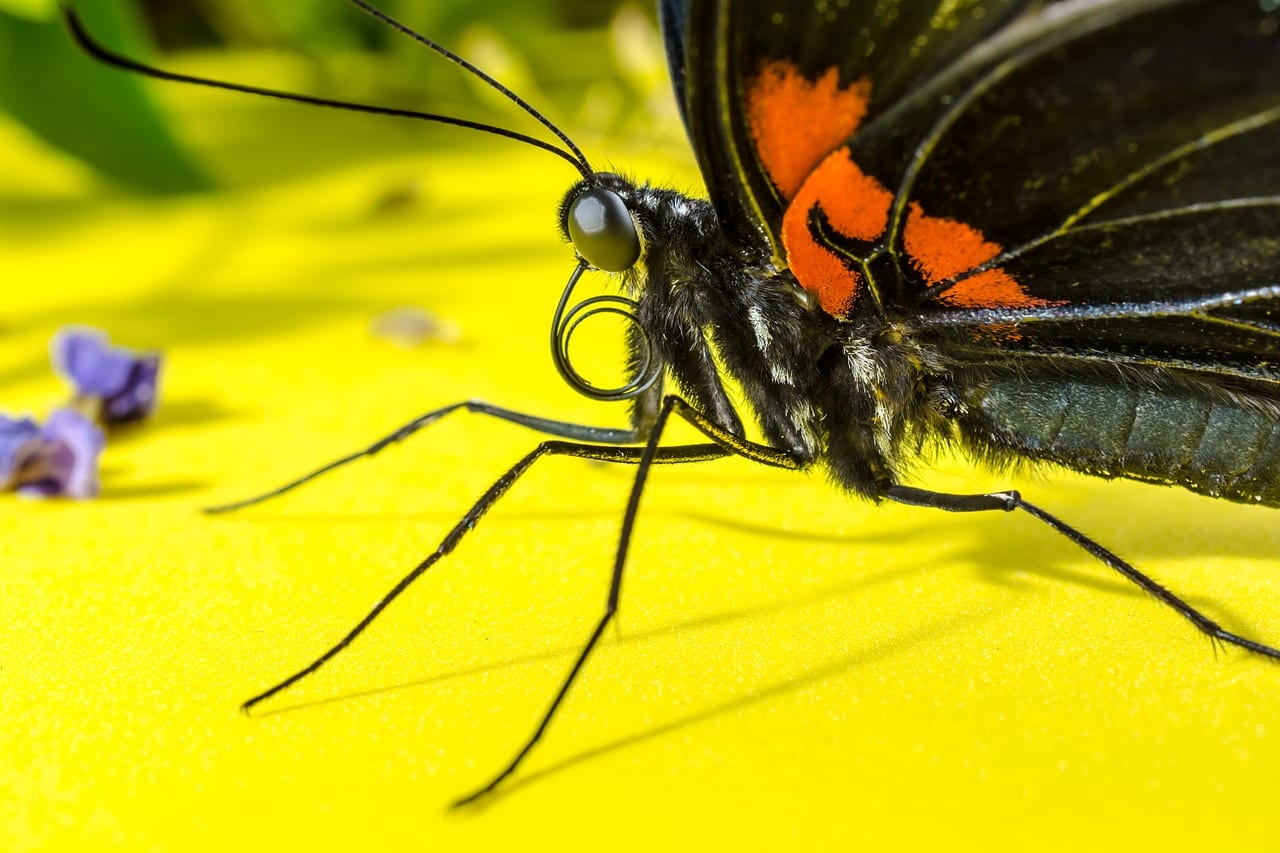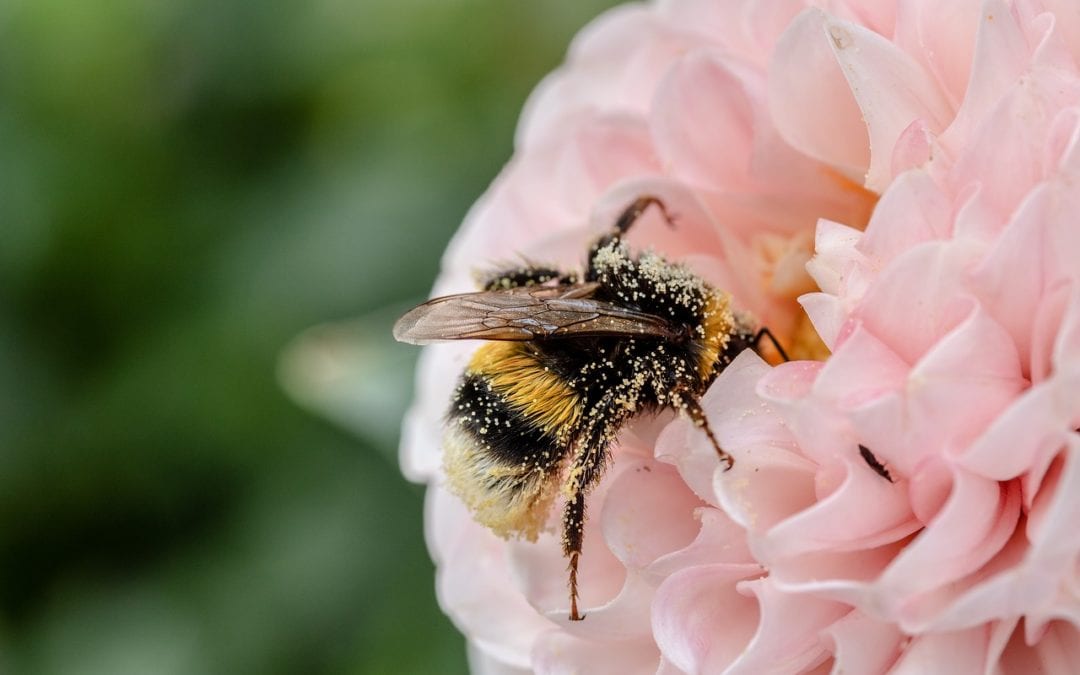We have a real treat for you with our blog on fun facts about bees, butterflies, and hummingbirds. Have a read and gain some quirky facts to share at your next get together. I don’t think you’ll be disappointed.
Bees:
Young at heart. Old bees can reverse their brain age! What? Scientists at Arizona University discovered that when an older bee does the social work of a younger bee inside the nest, their brains begin to age in reverse! Hello, Benjamin Button Bee! (You can read more about the fascinating discovery and study here.) Can you imagine if that could happen to us? Just another reason bees are some truly amazing creatures!


Move out of the way, you little whippersnappers!
Spilling Your Guts. Some people have heard that while the queen bee can sting multiple times because her stinger is smooth; worker bees can only sting once and then they die. But did you realize that the reason they die is because their stinger is barbed and as they sting you, their stinger gets stuck and pulled out of their bodies along with part of their digestive tract, some muscles and nerves? Gross! So next time you get stung, unless you are allergic, remember you’re not the one who got the raw end of the deal! (Do yourselves both a favor and be on the look out for warning signs that a bee is getting agitated (a lot of times they give fly-by buzz warnings before they resort to a sting.)
Butterflies:
Some assembly required! A butterfly needs to assemble its proboscis right after emerging from the chrysalis if it has any chance of surviving. That’s right, it basically has to put it’s own mouth together! It comes in two separate pieces and the butterfly has to build it and create that beautiful, slender, tube it drinks with. Have you watched a butterfly that has recently emerged from a chrysalis? The act of it unfurling and furling its proboscis is a way of taking it for a test run to make sure it is in working order.


Work it, work it, own it, own it.
Bodies in motion. Butterflies have some pretty quirky and unique ways to their bodies. Though they sip nectar through their proboscises, they taste with their feet. Their taste sensors located on their legs let them know the flavors of the plants they land on, and also if the plant is suitable to lay their eggs upon. They are also avid sunbathers! Butterflies are cold-blooded and use the sun’s warmth to get energized enough to fly. So make sure to place some large, flat rocks in the sunny areas of your gardens.
Hummingbirds:
Thanks for the memories. Ok folks, hummingbirds are smart! If you’ve invested in feeding them with sugar water through the years, you’ve probably seen the same tiny flyers year after year. They remember where there are good food sources and come back for them. But hummingbirds also remember every flower they have visited, and how long it takes for that flower to fill back up with nectar so they can time their visits accordingly. Can you remember what you had for breakfast a couple days ago?


So, uh, come here often?
No time for rest! Even while they are perching, hummingbirds are not really resting. A hummingbird’s heart will beat 250 times per minute, and it will take 250 breaths per minute AT REST! A hummingbird will eat anywhere from half to eight times its body weight each day! No wonder it’s metabolism is about 100 times that of an elephant, and no wonder the hummingbird needs to eat around 7 times per hour to keep it alive. This means visiting an average of 1,000 flowers per day. I get tired when I have to go to the grocery store AND the mailbox. To put it plainly, hummingbirds rock!
I hope you’ve enjoyed this fun blog about some of the amazing attributes some of our pollinators have. I sure enjoyed researching it. Please join us for our upcoming events in October. We’re celebrating pollinators and we hope you do it with us!
~The Happy Gardener, Lisa Mulroy


Trackbacks/Pingbacks